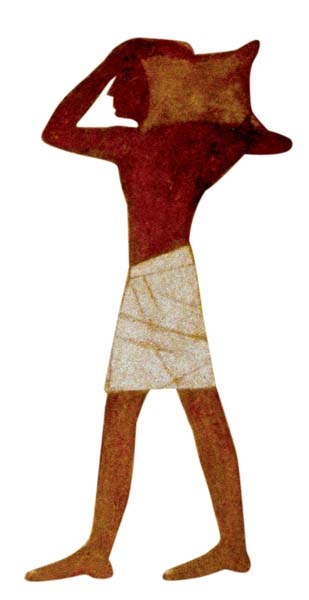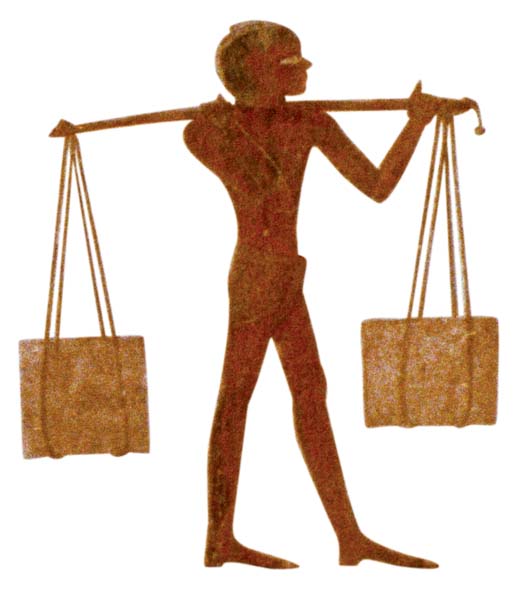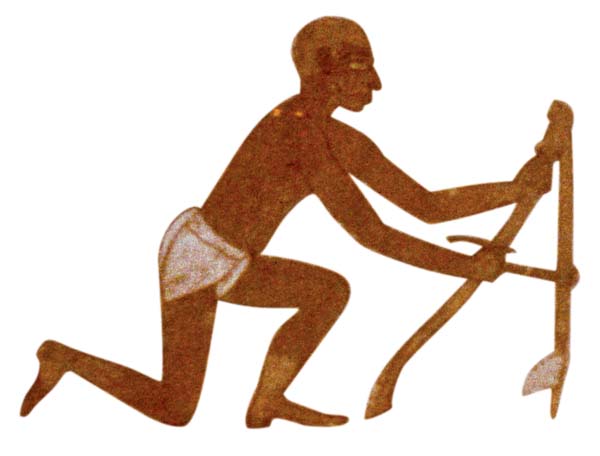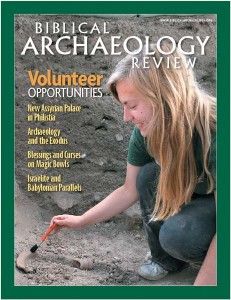Out of Egypt
The Archaeological Context of the Exodus



Every spring as Passover nears, TV audiences in America are accustomed to seeing Cecil B. DeMille’s The Ten Commandments starring Charlton Heston as Moses and Yul Brynner as Ramesses II, the putative pharaoh of the Exodus. For millions, the images from this classic film have shaped their understanding of the bondage of the Hebrews in Egypt and their triumphant departure under their liberator Moses who subsequently receives the Law from God at Mt. Sinai.
In the mid-20th century, the historicity of the Bible’s portrayal was, by and large, affirmed by leading North American scholars like William Foxwell Albright and, arguably his best-known student, George Ernest Wright. Not only did they accept the general accuracy of the Exodus narratives, but they believed that secondary archaeological evidence could be adduced to support the Biblical tradition. John Bright, another Albright student, maintained this view in his A History of Israel (1959). In the third edition of this classic work (1981), Bright opined that “There can really be little doubt that ancestors of Israel had been slaves in Egypt and had escaped in some marvelous way. Almost no one today would question it.”1
Already a library member? Log in here.
Institution user? Log in with your IP address.

